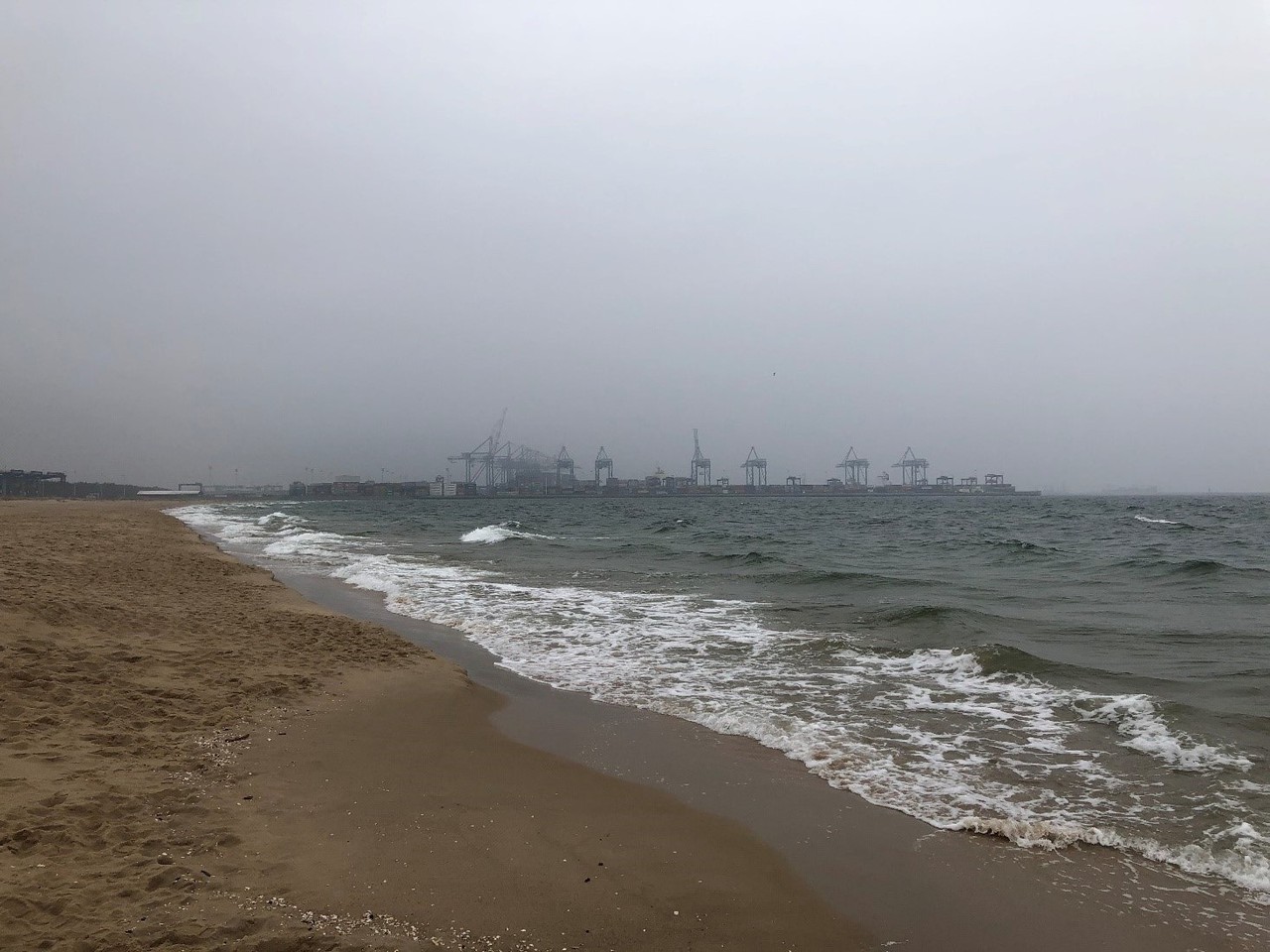POLAND II
Three weeks in Gdansk, that was it. UnfortunatelyGdansk - a small insight into a great city, due to Corona, I could not complete my Erasmus semester. Nevertheless, I had a short but intensive time to get to know the local events of the city and its surroundings during the introductory period organized by the University of Gdansk.
First of all, the city of Danzig is officially called Gdansk, the university is also called Politechnika Gdanska. In architecture, the teaching of urban planning has become particularly well established. From the foundation of the university in 1904, Ewald Genzmer occupied the chair of Stagzbauwesen, followed by Friedrich Gerlach and until 1945 Karl August Hoepfner. From 1912 the Chair of Building Construction and Urban Development was occupied by Otto Kloeppel until 1939. There was also the chair of medieval architecture, with Friedrich Ostendorf and then Karl Gruber.
When thinking about Danzig I always had beautiful old colorful gothic houses in the style of a Hanseatic city in front of my eyes. What was new to me was that the city of 468,000 inhabitants was very much destroyed in the Second World War and was only built after the war in the form we know today. By the way, the Second World War began near Danzig.
During our first city walk we walked through the old town through the long street to the Neptune Fountain. We saw the Church of St. Mary and visited a beautiful amber museum, the largest piece weighs 8 kilos, but impressive are also the many art objects made of amber, there is for example a guitar made of amber. Along the way there are many specialties of the region, which are offered in different restaurants and pubs. I would like to mention especially Pirogi, a kind of Maultaschen, dumplings filled with meat or vegetables, Bigos, a herb with different kinds of meat and the so-called Goldwasser, a vodka with gold leaf. There are also a lot of pubs and restaurants here, which students like to visit, especially since the price level is far below ours. It is noticeable that most inhabitants of Danzig speak German. This is due to the special history of the city of Danzig, which was under Polish, Prussian and German rule.
Gdansk is the capital of the Pomeranian Voivodeship and geographically and culturally of Kashubia.
The city of Gdansk is located in the Gdansk Bay on the Baltic Sea, known in Poland as the Baltic States, and had important shipyards, which was expanded in 1990 with a deep sea and container port, modern malls were built and the Speicherinsel (warehouse island) was developed. The port city, through which the river Motlau flows, is connected to the west by the seaside resort of Sopot, also known as the Polish Riviera. There are beautiful beaches of fine sand, which also invite students to take a short swim in the Baltic Sea in winter. That's how it happened to me, I had to go in at a water temperature of 10 degrees Celsius - but only for a short time. Even further north is the Hel peninsula, which has the loneliest and most beautiful beaches.
Interesting is a quarter called Zaspa, about 15 minutes by streetcar from the old town is a prefabricated housing estate with huge painted facades called Murals.
One name can be found in many places, already at the airport, Lech Walesa. The airport in Gdansk bears his name. He was born in Gdansk and, as union president and later president of Poland from 1990 to 1995, led the political change from a socialist to a democratic market economy system.
I would like to point out a special geological feature of the region. Amber, is called the gold of the Baltic Sea. Especially much is found around the coasts of Danzig. Amber is not a stone, although it is traded as a precious stone, but a hardened fossil pine resin (30. million years old), in which a primeval life shows itself. One finds enclosed insects, plant parts and small animals. The amber was created because the forests in the north are submerged in the sea. The resin of the trees was thus hardened and washed to the coasts in the course of millions of years.
